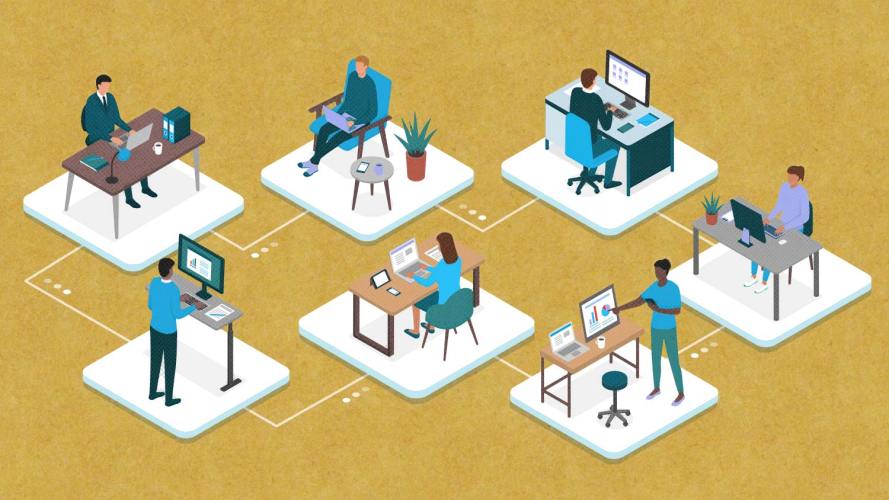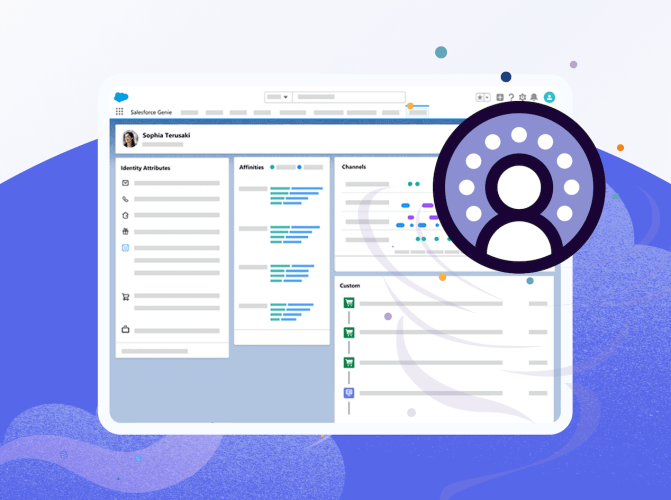Hybrid Work Could Be Hurting Your Inclusion Efforts — Here’s How You Can Tell



It's much harder to collect data on the inclusion aspect of DEI, but it's more important in a work-from-anywhere era. Follow these tips to measure just how inclusive your company is.

Lisa Lee
Most businesses collect data on diversity in their ranks, and more of them are publicizing their efforts to improve it. But to keep diversity, equity, and inclusion (DEI) efforts on track in a work-from-anywhere era, measuring the D alone may not be enough. More companies need to start collecting data on the I, which is less common and more difficult.
Diversity and inclusion are often mentioned in the same breath, but they are different concepts. Diversity is about an organization’s demographic makeup, which is more objective and easier to measure. Inclusion is about an organization’s behavior: are all individuals, regardless of demographic or work location, treated fairly, with equal access to resources and opportunities for advancement and the ability to contribute to the organization’s success?
According to the Academy to Innovate HR, diversity is the what, inclusion is the how.
Writing in Harvard Business Review, Gartner HR experts noted that inclusion unlocks the potential of a diverse workforce. At the heart of this is data. “To effectively track inclusion,” the Gartner experts wrote, “organizations must measure employee sentiment with a considered definition of inclusion, ensuring the organization can act fast on the results.”
Team Earth has landed
Equal access, opportunities, and rights for everyone. When we all strive to be active allies, we work toward a more equal, just, and inclusive world.n



A data-driven approach to ensuring inclusion
A recent webinar hosted by OpenSesame, an online learning and training platform for businesses, offered specific guidelines on how organizations can track inclusion to ensure remote and hybrid work doesn’t derail efforts.
Get to know who is working in the office and remotely
You can’t fully understand inclusion efforts if you don’t know where your employees are working. Just knowing, for example, that 50% of employees are remote isn’t enough. What are the demographics of that 50%? Are they women from underrepresented communities, parents, caregivers, or people with a disability? Reporting on granular demographic differences helps organizations establish a baseline, and understand motivations for who is working where, and why.
Understand who gets to choose where to work
Are there role-based differences that dictate who gets to choose their work location, or demographic differences? Is everyone comfortable asking for a flexible work arrangement? To answer these questions, OpenSesame recommends fielding anonymous surveys to understand employee perception on how much control they have over their work life.
Track paths to advancement
A survey by the Future Forum found proximity bias — where office workers get preferential treatment over their remote peers — may create inequities that entrench deeper structural inequality along racial and gender lines. Specifically, how does time in the office impact an employee’s path to promotion and a higher salary? To dig in, organizations should track every promotion and pay increase, and look for correlations between people working in the office or remotely. OpenSesame suggests also polling workers with questions like, “When did your manager last give you an assignment that provided an opportunity for you to build new skills or demonstrate abilities?” Collecting and analyzing this data will help make leaders aware of any inconsistencies in inclusion.
Understand differences in remote management tactics
Few of us appreciate being micromanaged, and even fewer would appreciate knowing that colleagues are managed differently. But managing widespread workers in a work-from-anywhere world can be tough, and can test a manager’s ability to treat everyone with the same degree of trust. Instead of tracking logins and online activity, organizations should track project progress, and focus on results versus hours worked. Again, comparing role-based differences against demographic differences will help reveal any bias that undermines inclusion initiatives.
True equity isn’t possible without first being inclusive. Sheela Subramanian, vice president of the Future Forum, recently wrote that “equitable work environments in the hybrid and remote world require more transparency from managers on how performance is measured and candor around how face time will be factored in.”
In a data-driven world where everything must be measured to be managed, business leaders need to measure and analyze inclusion just as thoroughly as they do diversity. It’s the best way to ensure DEI efforts aren’t hindered by the new world of work.























